International in scope and multidisciplinary in nature, "The Wall" took the National Museum of history three years to prepare, despite having help from more than a dozen organizations at home and abroad. The result is one of this year's most impressive art exhibitions.
Using walls as metaphors, the show features six exhibits with famous walls, such as the Great Wall of China and the Berlin Wall, and seven artists whose artwork suggests metaphorical interpretations of walls.
Curator Chang Wan-jen (
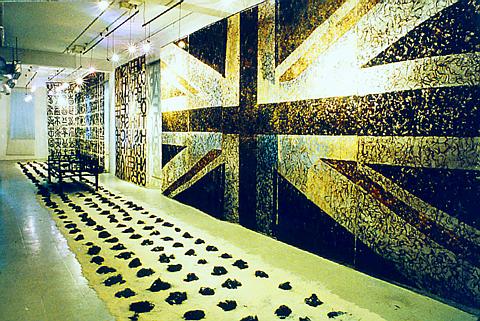
The exhibition is divided into three theme-based groups: memory and nostalgia, division and integration, and the borderless. Chang said memory is represented by the rich histories of each wall exhibited; division is easily portrayed by the walls' practical use; and a free, borderless world is manifested by the anachronisms that the walls have become.
For the memory and nostalgia section, there are four exhibition rooms showing "The Great Wall of China," "The West Wall, Jerusalem," "Chinese Garden," and the "Ancient Wall of Taipei City."
For the division and integration section, there are four exhibitions as well: "The Berlin Wall," featuring two sections of the original wall, "Viewing doors II "(1994) from Toya Shigeo of Japan, "Marginal People" (2000) from Taiwanese-American Wang Wei-ho and "Lichen" (2000) from Huang Chih-yang.
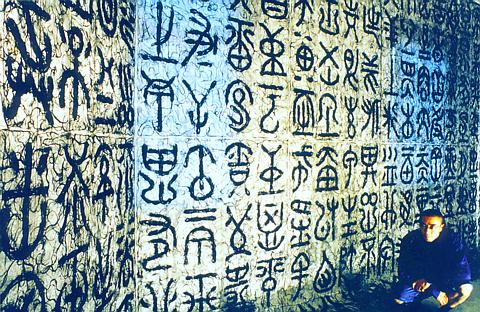
PHOTOS COURTESY OF THE NATIONAL HISTORY MUSEUM
For the borderless section, four artists are featured: Y. J. Cho's "Walls," a series of oil paintings; Anselm Kiefer's "The Sand Spreads Out From Within Our Hair," a 1997 painting from the German artist; Cai Guo-qiang's "Drawing Project to Extend the Great Wall of China by 10,000 Meters" and installation pieces produced in 11 countries on video by Gu Wenda, a Chinese-American artist residing in New York.
Some realia from the 921 earthquake fallout will also be featured in the last section. Fragments of buildings nearly 100 years old were collected right after the earthquake and became part of the artifact collection of the Taipei museum.
Chang says the borderless section stresses the symbolism of breaking through to the 21st century and its unknown events. "We'd love to think we are heading towards Utopia, but we should always be watching out for the unforeseen natural forces that could be destructive," she said.
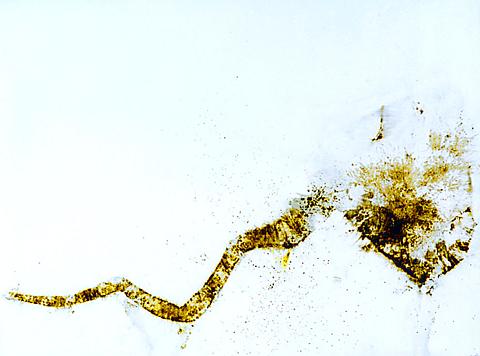
The exhibition itself is a breakthrough in many ways. As Chang pointed out, the use of non-traditional materials for "The Wall" is particularly significant for the history museum, which tends to be conservative.
The multimedia applications are perhaps one of the best examples of a looser approach by the museum. A spectacular application that has rich educational meaning is the presentation of the ancient wall of Taipei city. "It's a lively and novel way of introducing the history of Taipei to the public," said Chang. Inside the museum, actual remains of the old city wall, including stone slabs and wooden posts, will be displayed, and video footage will be used to show what life was like in Taipei.
Meanwhile, a computer camera will also be set up in the North Gate, part of the original Taipei city wall that still survives near the Taipei Train Station. And, through the Internet, visitors in the museum will be able to see the site and compare present and past.
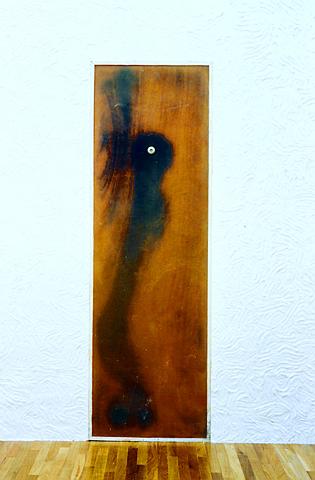
The last part of the Taipei city wall section is a computer graphic production by Wang Wei-ho. The graphic, portraying Taipei city 400 years from now, will be printed out, framed, and hung on the wall. The future Taipei in the imagination of Wang looks like a ruin, a vision that offers a warning: if we do not protect the city, its environment and its culture, then Taipei will be destroyed.
Chang said literary citations will accompany the various artwork to lead visitors along an intended route that enhances and connects the themes. In addition, movies with strong images of walls will be showing in the theater on the exhibition floor. Popular films such as The Last Emperor, Raise the Red Lantern, Wings of Desire, and Shawshank Redemption are some of the examples. They will be screened on a weekly rotation basis.
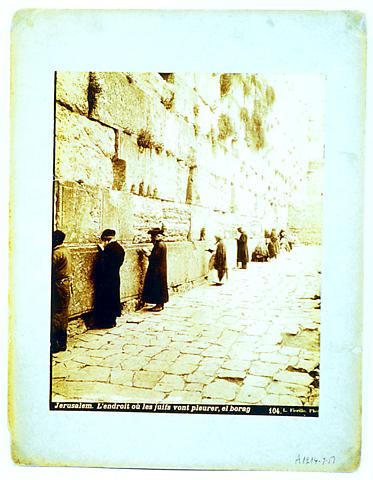

Taiwan Power Co (Taipower, 台電) and the New Taipei City Government in May last year agreed to allow the activation of a spent fuel storage facility for the Jinshan Nuclear Power Plant in Shihmen District (石門). The deal ended eleven years of legal wrangling. According to the Taipower announcement, the city government engaged in repeated delays, failing to approve water and soil conservation plans. Taipower said at the time that plans for another dry storage facility for the Guosheng Nuclear Power Plant in New Taipei City’s Wanli District (萬里) remained stuck in legal limbo. Later that year an agreement was reached

What does the Taiwan People’s Party (TPP) in the Huang Kuo-chang (黃國昌) era stand for? What sets it apart from their allies, the Chinese Nationalist Party (KMT)? With some shifts in tone and emphasis, the KMT’s stances have not changed significantly since the late 2000s and the era of former president Ma Ying-jeou (馬英九). The Democratic Progressive Party’s (DPP) current platform formed in the mid-2010s under the guidance of Tsai Ing-wen (蔡英文), and current President William Lai (賴清德) campaigned on continuity. Though their ideological stances may be a bit stale, they have the advantage of being broadly understood by the voters.

In a high-rise office building in Taipei’s government district, the primary agency for maintaining links to Thailand’s 108 Yunnan villages — which are home to a population of around 200,000 descendants of the Chinese Nationalist Party (KMT) armies stranded in Thailand following the Chinese Civil War — is the Overseas Community Affairs Council (OCAC). Established in China in 1926, the OCAC was born of a mandate to support Chinese education, culture and economic development in far flung Chinese diaspora communities, which, especially in southeast Asia, had underwritten the military insurgencies against the Qing Dynasty that led to the founding of

Artifacts found at archeological sites in France and Spain along the Bay of Biscay shoreline show that humans have been crafting tools from whale bones since more than 20,000 years ago, illustrating anew the resourcefulness of prehistoric people. The tools, primarily hunting implements such as projectile points, were fashioned from the bones of at least five species of large whales, the researchers said. Bones from sperm whales were the most abundant, followed by fin whales, gray whales, right or bowhead whales — two species indistinguishable with the analytical method used in the study — and blue whales. With seafaring capabilities by humans